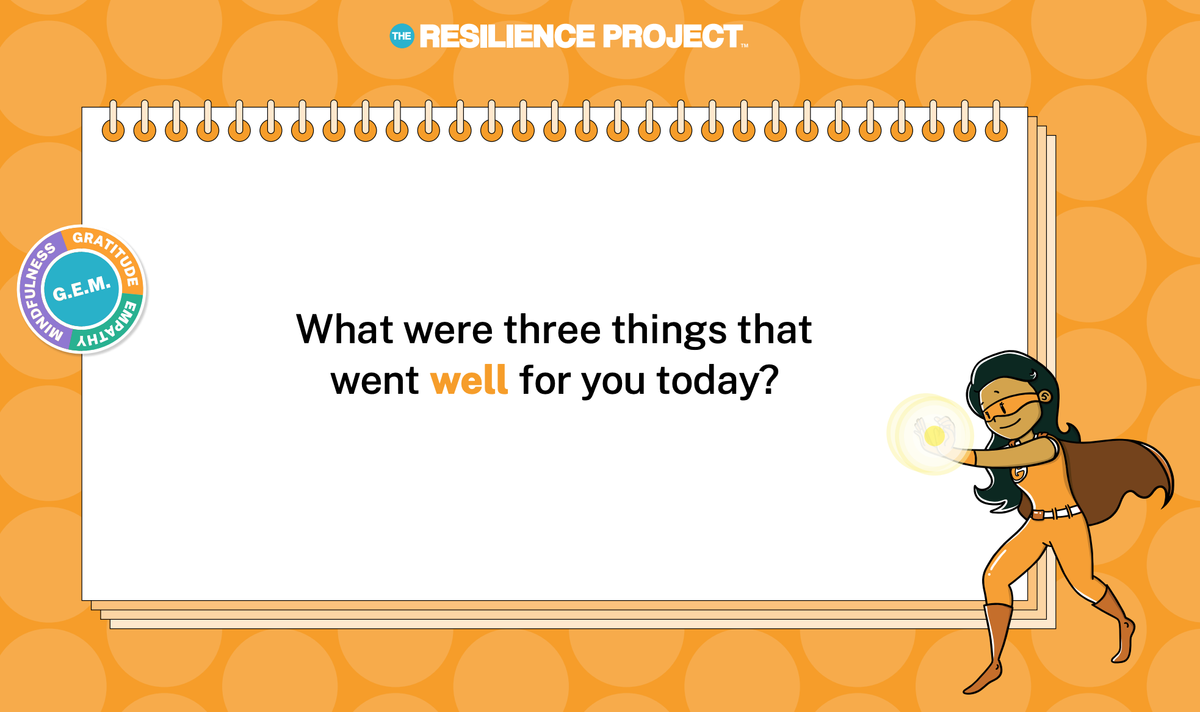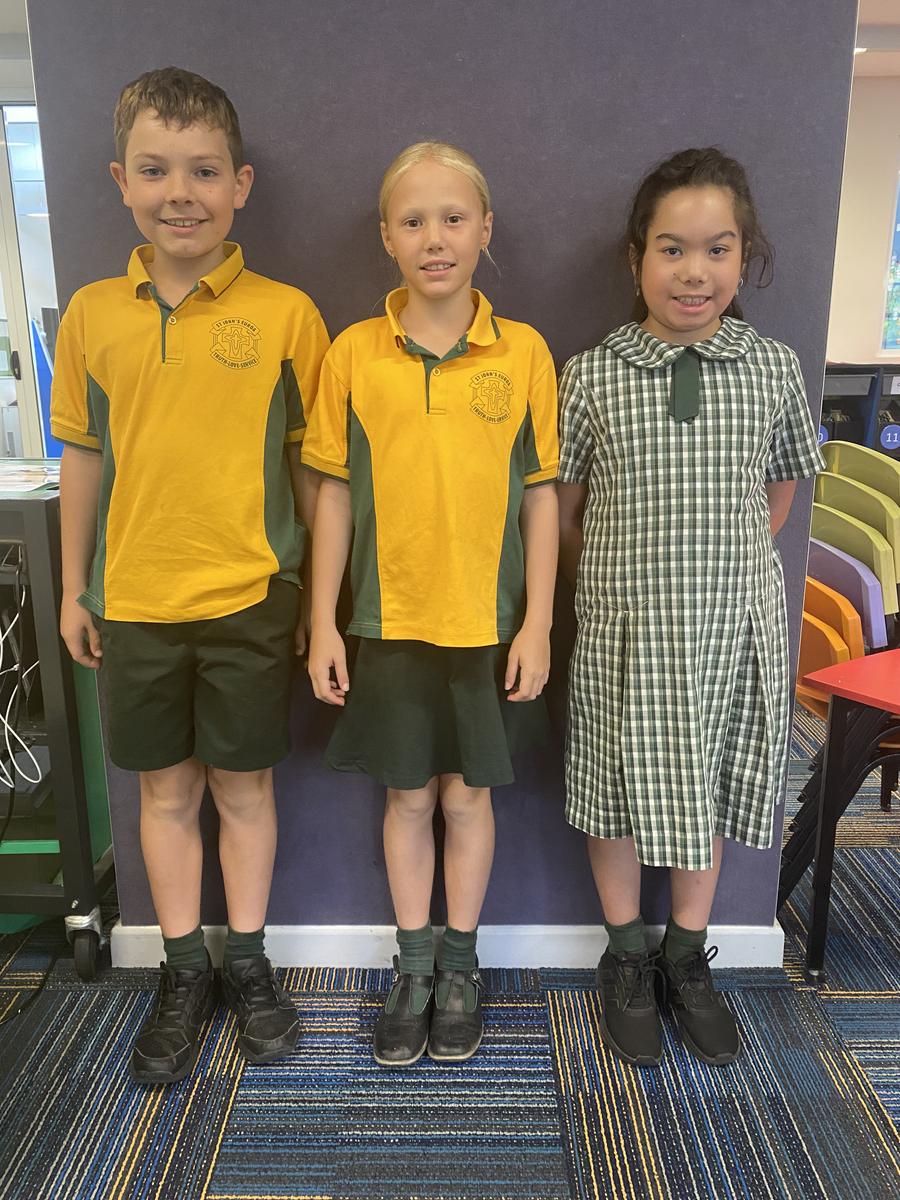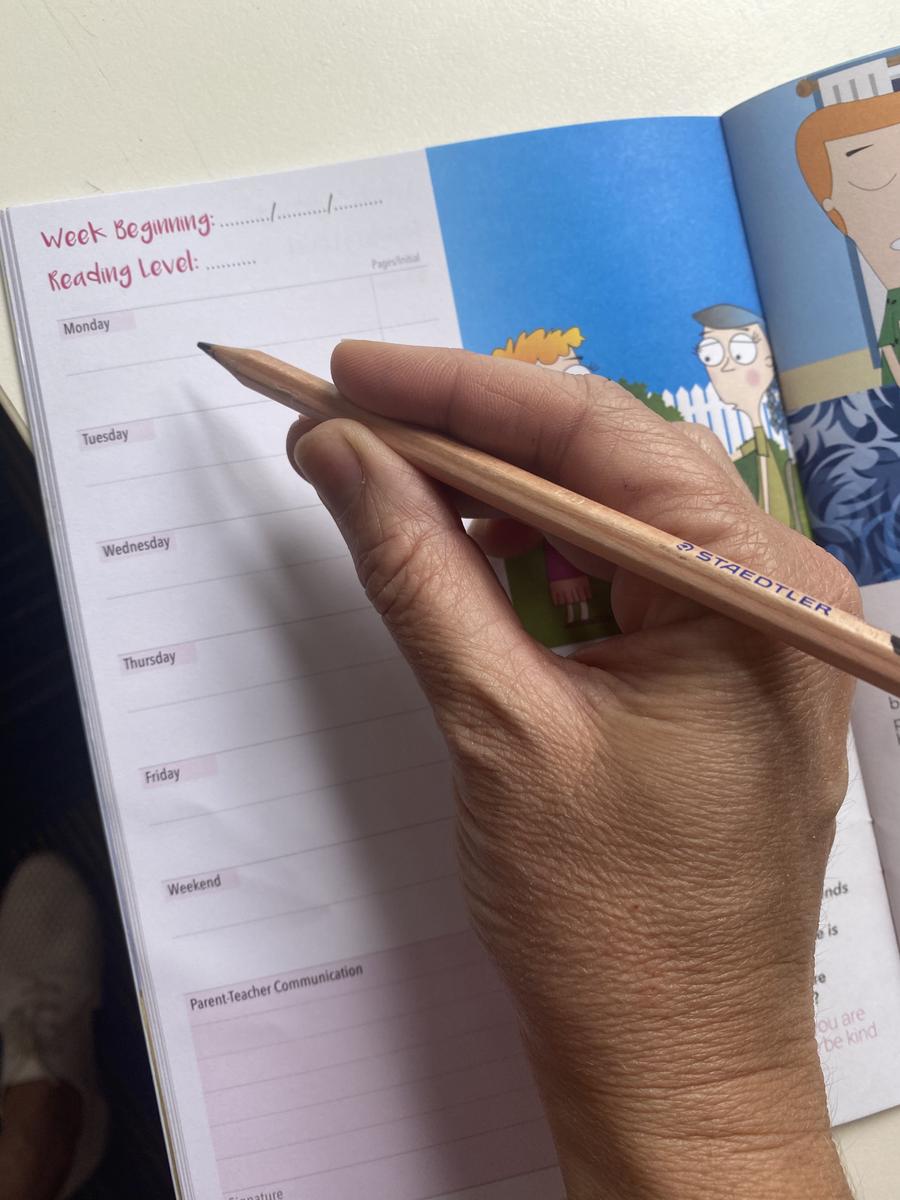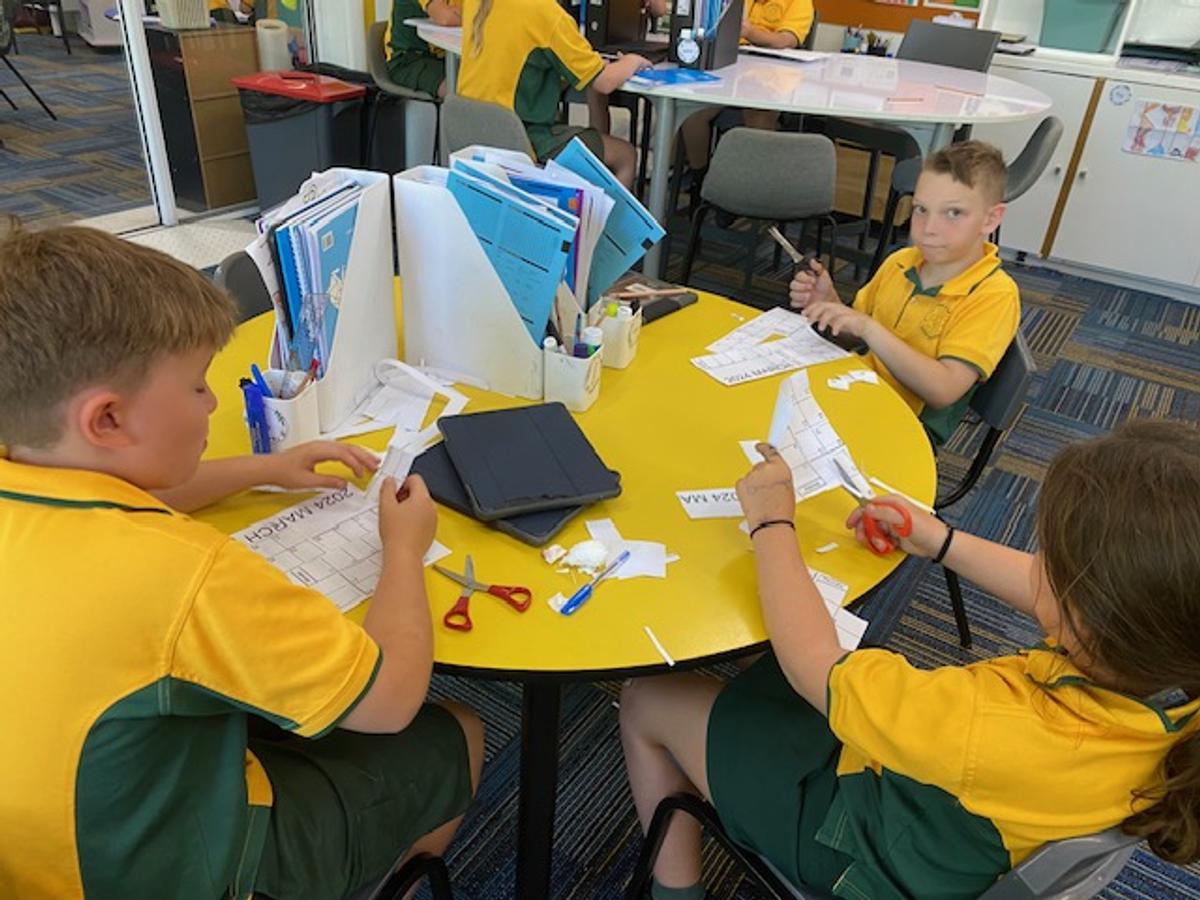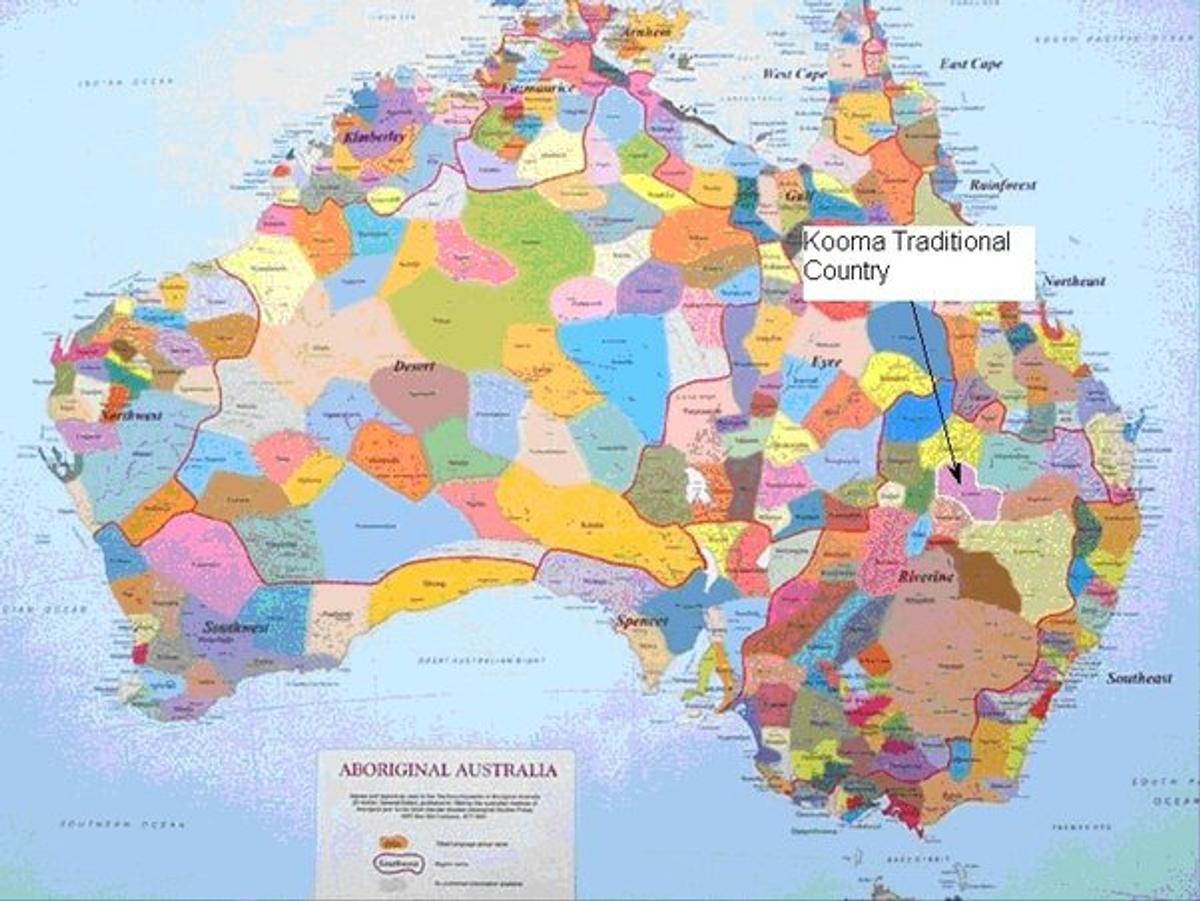Year 3-4
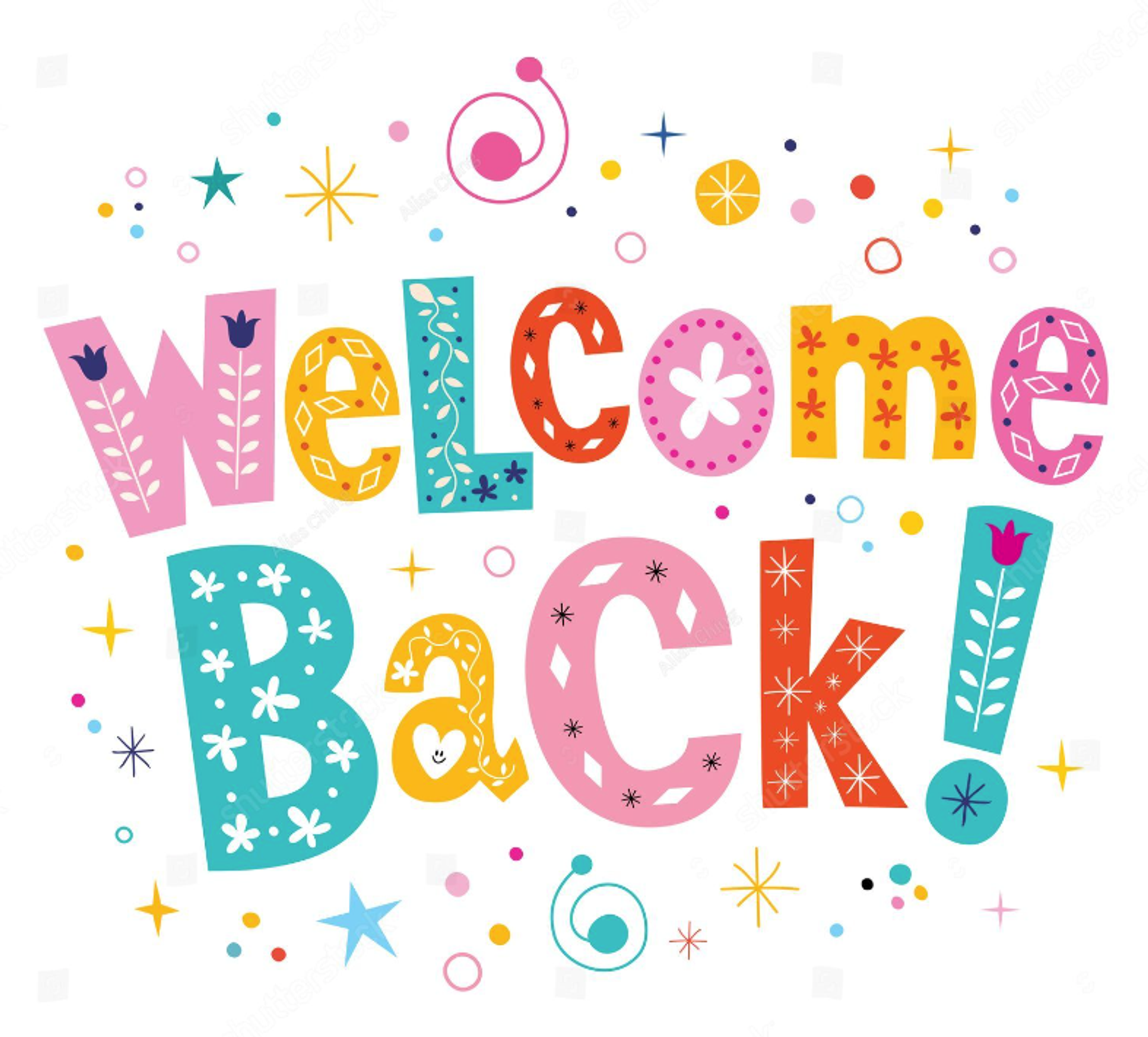
Welcome to Week 4
Lent
As we embrace the season of Lent, a time of reflection, sacrifice and giving, we invite you to join us in this special initiative that aligns with the spirit of the season. This year, we are reaching out to you, our St John’s families, to get actively involved with Project Compassion! Your children will be actively participating in Project Compassion at school to make a significant impact on the lives of those less fortunate, and this year, we would like to invite parents to jump on board too! We believe that together, as students, teachers and parents, we can help to encourage our kids and amplify their efforts. As Easter approaches, we encourage you to get involved by taking part in Give it up for Lent – whether you forgo your daily coffee, or indulge in a little less screen time, or give up your car during Lent and in doing so raise money for Caritas Australia. We are sending home a family Project Compassion Box and encourage your family to talk about different things you could do for ‘Give it up for Lent.’ Thank you for your involvement.
The Resilience Project
We have been talking about GRATITUDE and sharing what we are grateful for. You may want to discuss with your children what they are grateful for. You might like to use the G.E.M( Gratitude, Empathy and Mindfulness) chat above. Over the next few weeks we will be learning about EMPATHY and how we can show empathy for others
Swimming
Congratulations to our students who went to district swimming . We are all so proud of you. We now move onto division swimming. We wish our friends all the best!
Uniform Reminders
It is hat wearing season, so please ensure your child has their hat every day.
Our sports days are on Wednesday and Friday. Students need to be in sports uniform with white socks and runners. All other days, students need to be in the full school uniform with green socks and black polished shoes. A reminder that hair below the collar needs to be tied back with a neutral hair colour tie or yellow and green in the school colours.
Curriculum
Here is a copy of the daily timetable for each classroom.
Literacy
Reading
This week we are learning about Visualisation. Visualisation is
being able to visualise or imagine events from a text in your mind. It is very helpful for students. When they can visualise what is happening, it makes the printed word more “real” and easier to comprehend and remember.
Next week we will focus on Making inferences. When readers can make inferences, they merge clues within what they have read with prior knowledge they’ve attained. They will be able to answer questions that lead to conclusions regarding underlying themes and ideas.
We will be reading class texts throughout the term focussing on persuasive writing. We are learning to identify the structure of a persuasive text and identify techniques that authors use to persuade the reader.
Writing
This term we are learning how to write a persuasive text. Before our learning cycle started students were asked to write a persuasive text on why they believed acts of kindness were so important. They were asked to support their argument with evidence in order to convince the reader. We call this a pre-sample and it helps us to identify the needs of students and allows us to plan affectively for the cycle of learning. Next week we look more closely at the structure of a persuasive piece of writing . This includes a TITLE, INTRODUCTION, 3 ARGUMENTS AND A CONCLUSION.
Spelling
This week we are learning digraph au words as in sauce and next week we will look at the digraph ge as in cage. We will also be learning about how to write paragraphs, use apostrophes and use adjectives.
Home Reading Program
Just a reminder that we expect that students read for 15-20 minutes each night. Students are welcome to read a book from home or the Euroa Library. Please make sure that an adult signs the reader journal each night. We understand that some nights are crazy and it may not happen, however we encourage you to keep with the consistency. On occasions your child may not have selected a best fit book. On these occasions you may just want to read it to them and we can find a better fit the next day.
Numeracy
We start a maths focus on odd and even numbers and number sequences over the next two weeks. We always start our lessons with a number fluency tasks that gets our mind thinking mathematically. This is a 5 min tasks that helps to develop our fluency with number and our quick recall skills. We then launch into the next part of the lesson where we spend the next 10 minutes collecting information about the topic and/or solving a problem. The next 20 minutes is what we call the explore stage where we delve even deeper into mathematical learning. At the end of the lesson we come together to summarise and share our new learning.
Inquiry
We have been looking at Aboriginal culture and their connection to country and language. Did you know that there are more than 250 Indigenous languages including 800 dialects. Each language is specific to a particular place and people. In some areas like Arnhem Land, many different languages are spoken over a small area. In other areas, like the huge Western Desert, dialects of one language are spoken. We are beginning our topic on citizenship and how rules are made.
Ally, Rachel, Keira, Lisa and Nic.


